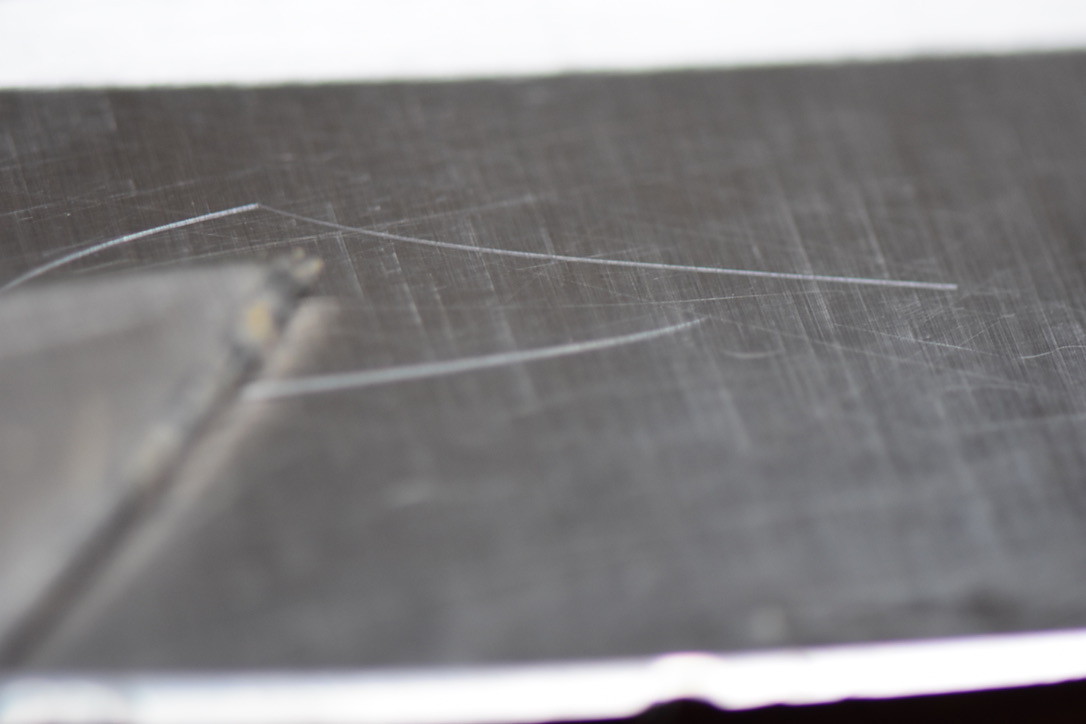Gary W. Graley
“Imagination is more important than knowledge"
Knifemaker / Craftsman / Service Provider
- Joined
- Mar 2, 1999
- Messages
- 27,776
I have seen the testing of some blades but since to accurately measure it you have to test on a flat surface usually at the tang area, but my concern is that it doesn’t translate well out onto the edge of the blade and we all know that problems can come from not keeping the blade cool while grinding, some manufacturers flood the blade with coolant but not everyone.
If you try to get a measurement at the edge it would not be accurate unless you get the area angled to be flat and square to the testing bit which I haven’t seen anyone doing that
so what do you guys and gals think?
Are the testing of the tang area really representative of the actual blade’s hardness???
Thanks in advance
G2
If you try to get a measurement at the edge it would not be accurate unless you get the area angled to be flat and square to the testing bit which I haven’t seen anyone doing that
so what do you guys and gals think?
Are the testing of the tang area really representative of the actual blade’s hardness???
Thanks in advance
G2


